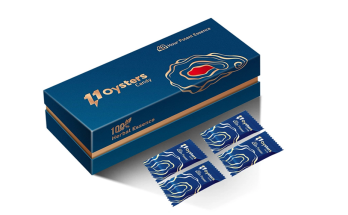Hammertoes occur when the second, third, or fourth (outermost) toe is bent downward. A space can form between the toe and the shoe when this happens. Most people develop hammertoes due to shoes that do not fit properly, such as too tight or high-heeled shoes. The muscles and tendons can tighten, causing the toe to bend upward. This makes the affected toe rock inward and downward towards your other toes. It causes a gap between your shoe and the affected toe and may become corns when this happens. If left untreated, this could lead to infection and other problems such as arthritis. A Bakersfield hammertoe specialist may recommend several methods of treatment available depending on how severe the hammertoe is and your overall health. We look at some treatment options in this article.
Change of Footwear
When you have a hammertoe, the most effective treatment is to correct the cause. If you wear high-heeled or pointy-toed shoes, make an effort to wear more flat or rounded footwear with a wide toe box (the area surrounding your toes). A good rule of thumb is to make sure the widest part of your foot fits comfortably in your shoe.
Depending on the severity, wearing roomier shoes during the day and stretching exercises at night may be enough to relieve discomfort caused by hammertoe.
Stretching exercises can help relax the muscles in your feet and ease discomfort in a hammertoe. Your physical therapist in Bakersfield can recommend stretches that will loosen up these muscles.
Supportive Devices
Your Bakersfield physical therapist can also prescribe supportive devices, such as toe spacers or splints. These are usually made breathable and flexible enough to be worn comfortably throughout the day. Proper use of these devices helps relieve pain while supporting your toes in their correct position.
Medications
If stretching exercises don’t improve the condition, your doctor may prescribe anti-inflammatory medications to relieve pain. In addition, you may be referred to a podiatrist in Bakersfield for injections of botulinum toxin, a drug that is injected into the foot to relax the muscles. This treatment may relieve pain and help hold your toe in its proper position.
Surgery
If all other treatments fail, surgery may be necessary to release contracted tendons and allow your toe to straighten. This surgical procedure may reduce pain and improve functions, such as walking. It helps the foot better fit into shoes once more. During surgery, your doctor will cut the tendon to relax and straighten the toe. A Bakersfield foot doctor may also release any tissue impinging on it, such as a bunion or other bone deformity.
Surgery isn’t recommended for everyone who has hammertoe. Your doctor can tell you if it’s right for your condition.
Splinting
Some people may benefit from a night splint. This device holds the affected toe in a straight position while you sleep, encouraging it to stay that way while you’re up and moving around. A Bakersfield foot doctor can fit you for a custom-made splint if it seems right for your situation.
In summary, with any treatment option, it is essential to note that the goal of treatment is not necessary to make your toe straight. This may happen due to splinting and physical therapy treatment, but pain relief from pinched nerves is the primary goal. Surgery should be used as a last resort after exhausting all other modalities.




